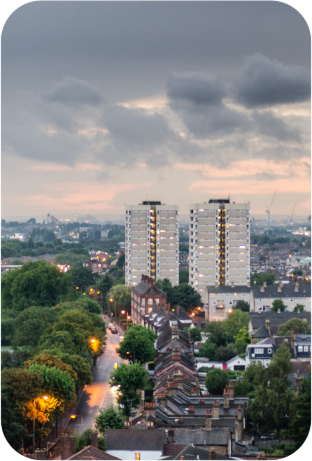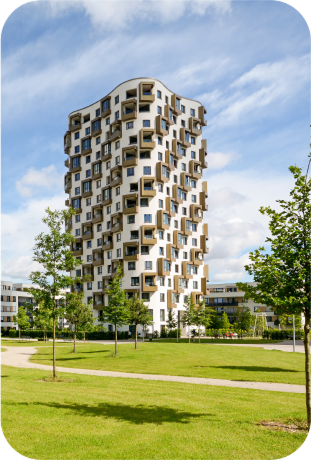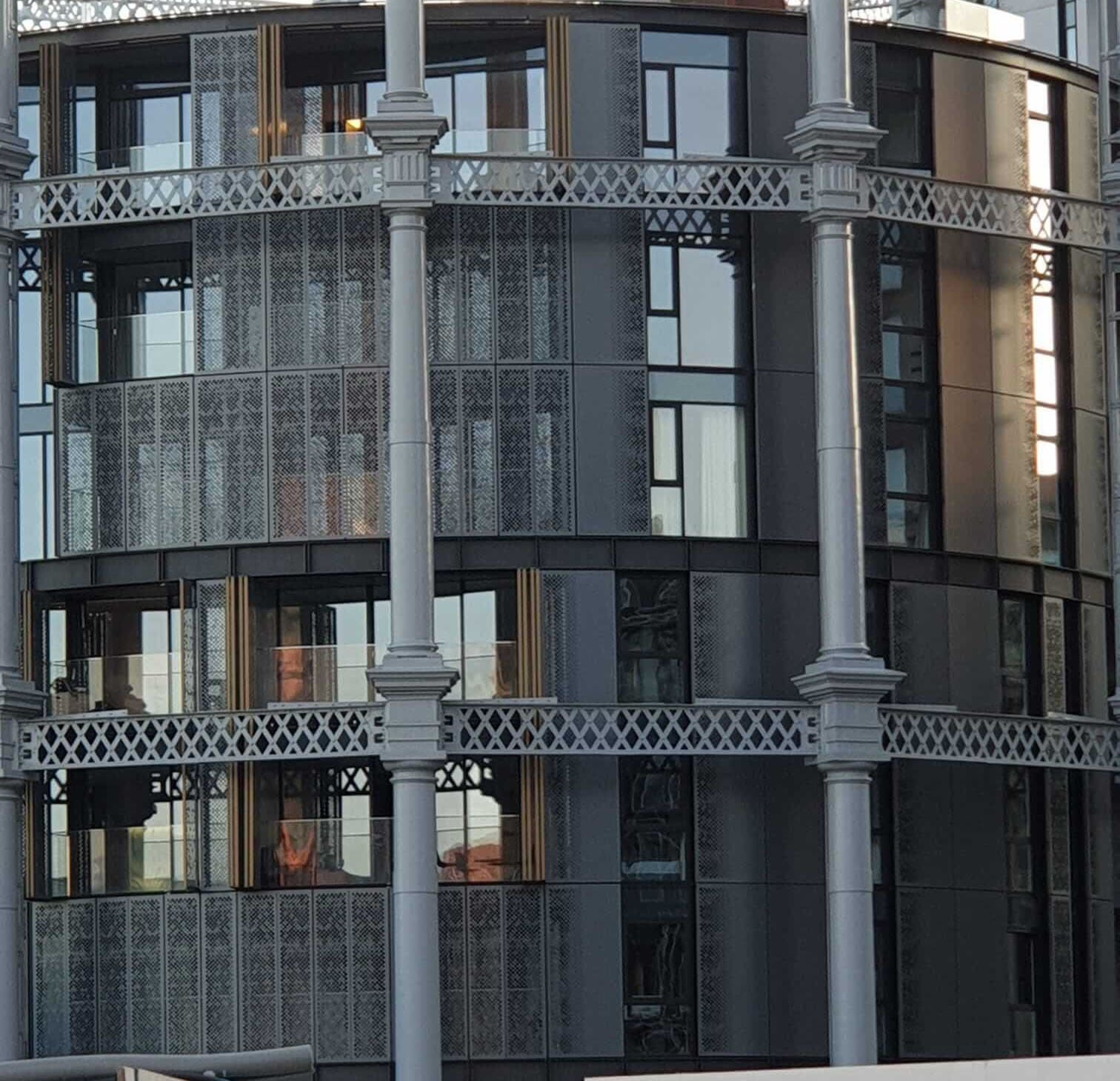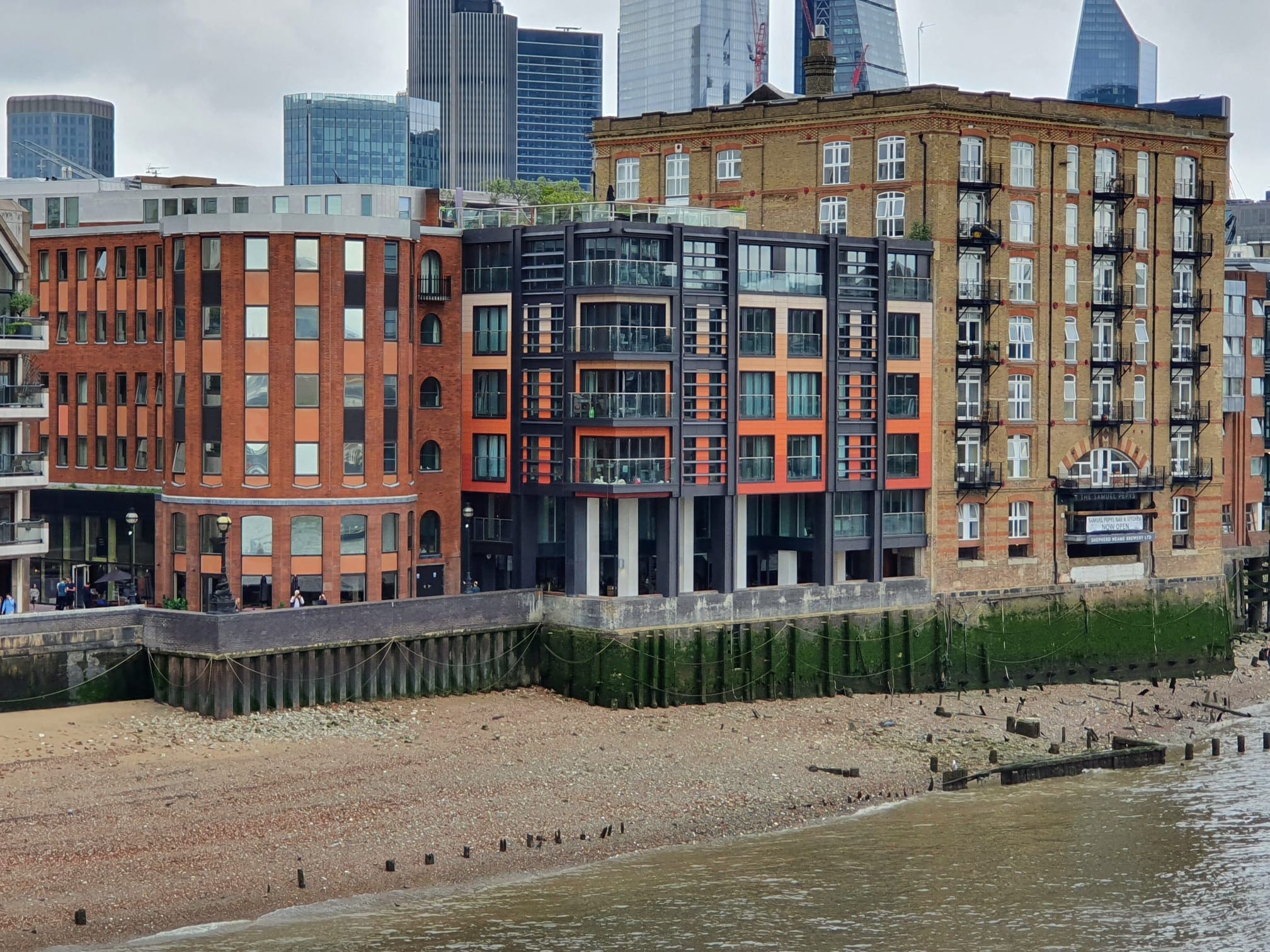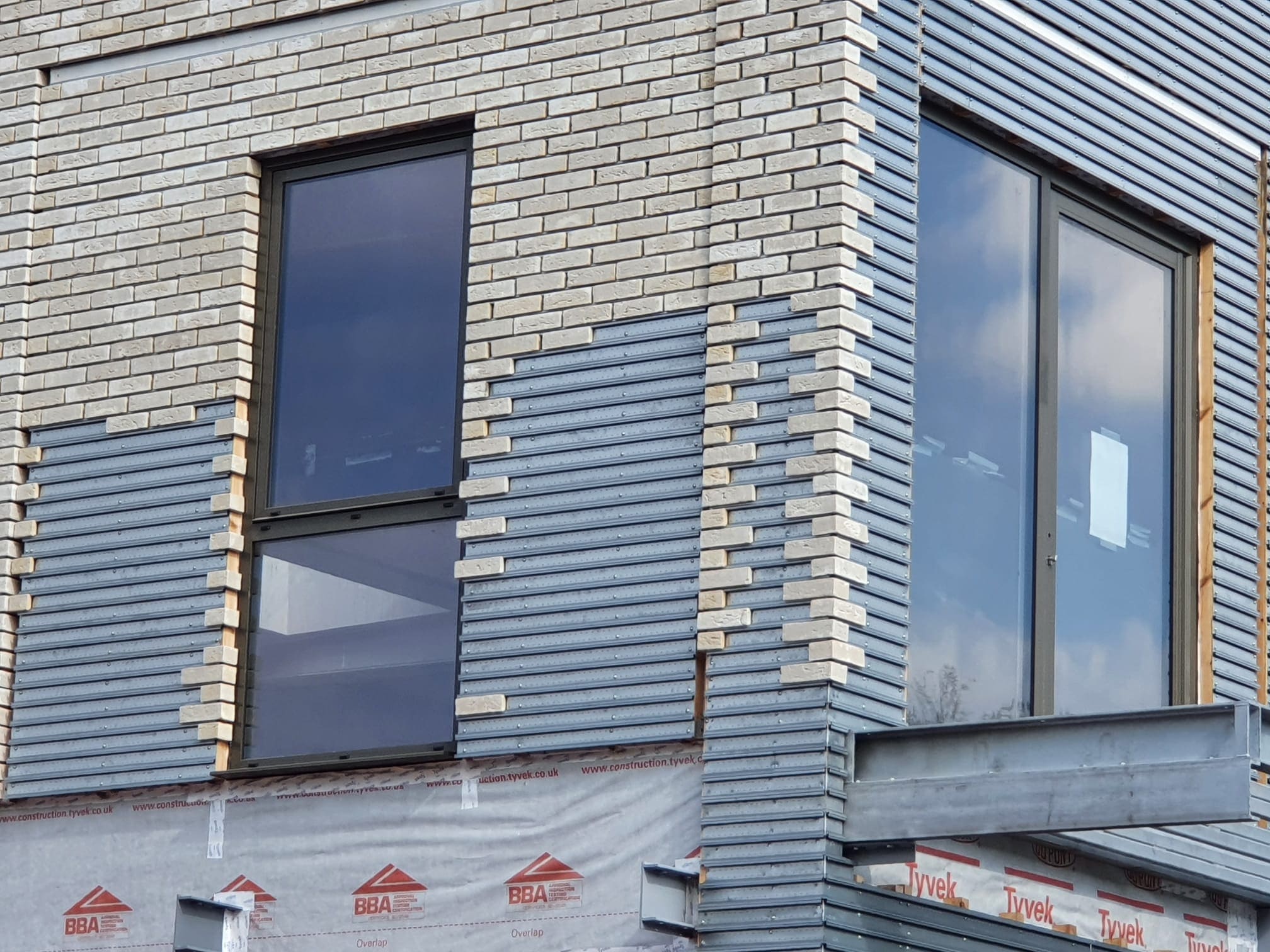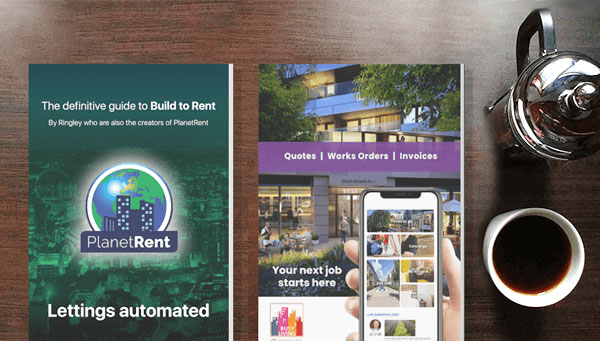 588
588
 6
6
Build to Rent (BTR) in Suburban Communities
It's 2023, and rental demand is still outweighing supply. Although the BTR sector is the fastest-growing, experts predict the imbalance will continue beyond 2023. The British Property Federation (BPF) has reported a 15% year-on-year growth for the BTR sector in their Q3 2022 report, with the London market growing at almost triple the pace compared to other regions. Over 240,000 homes in the BTR sector are currently in the planning and construction stages, with many now completed and ready for residents. Previously, the BPF revealed that BTR developments were predominantly occupied by professionals in the financial industry. However, with BTR expanding beyond urban centers, regional growth has surpassed that of the capital, reflecting a shift in the demographics of the Private Rental Sector.
The Rise of Build to Rent (BTR) Suburban Communities
A 2022 English Housing Survey revealed that privately rented households have increased by 93% over the last 15 years, while owner-occupied households have grown by just 3% in the same period. This shift highlights the younger generation’s changing housing preferences. The survey also introduced a new tenant demographic: renting households with dependent children. This emerging trend has given rise to suburban BTR, also known as Single-Family Housing (SFH), which focuses on family-oriented rental properties outside urban centers. While these homes are individual units, they retain a strong sense of community, reinforcing the success of the Build to Rent model.
Transforming Suburban Living Through BTR
The ethics of traditional BTR are transforming suburban communities by offering a high level of service, flexible tenancies, and a focus on sustainability. These developments cater to Millennials transitioning to the next stage of their lives, ensuring they have access to well-maintained homes with modern amenities. As a result, suburban communities now expect a standard of BTR that surpasses the average rental property.
The Convenience and Services of BTR Suburban Developments
BTR suburban developments offer a wide range of services, including 24/7 security, all-inclusive bills, and additional amenities such as cleaning, gardening, and dog-walking services. Some schemes are powered by district heating systems that utilize clean, renewable energy, eliminating the need for boilers. Future-proofed BTR developments will also provide EV charging points to accommodate environmentally conscious residents. Onsite concierge services handle repairs, maintenance, and other essentials, making BTR suburban communities the epitome of convenience.
Health, Sustainability, and Active Lifestyles in BTR Communities
BTR suburban areas are designed to support active travel and healthier lifestyles. Facilities such as bike hire and easy access to public transportation encourage sustainable commuting. Many outdoor spaces feature full-fledged gyms, multi-use studios, and other wellness-focused facilities. Additionally, some BTR developments promote remote working by incorporating tenancy-agreements-made-easy'>planetrent.co.uk/blog/coworking-and-offices-in-camden-town'>co-working spaces within the community. With simplified leases, predictable rents, and secure tenancies, these developments align with government initiatives to create more sustainable living environments.
The Future of Suburban BTR: A Work in Progress
As the BTR sector evolves, many renters wonder whether the transformation is complete or if improvements are still underway. Research indicates that while the sector has made significant progress, there is still room for enhancement. However, BTR continues to attract investors in large numbers, presenting lucrative business opportunities for developers looking to diversify their portfolios. As demand for rental properties remains strong, BTR suburban communities are poised to shape the future of the UK housing market.





Meet our Expert Property Commentators

















